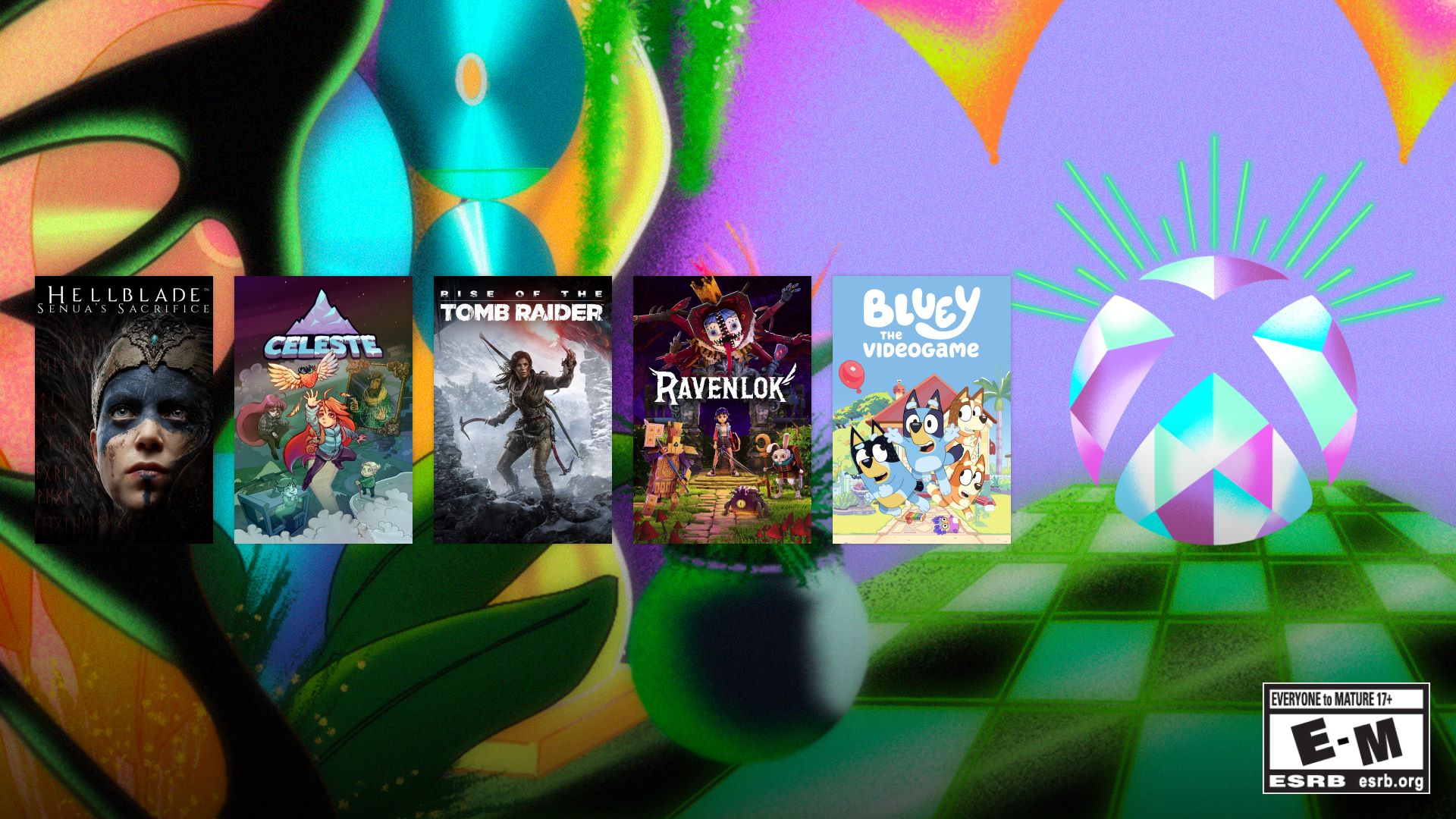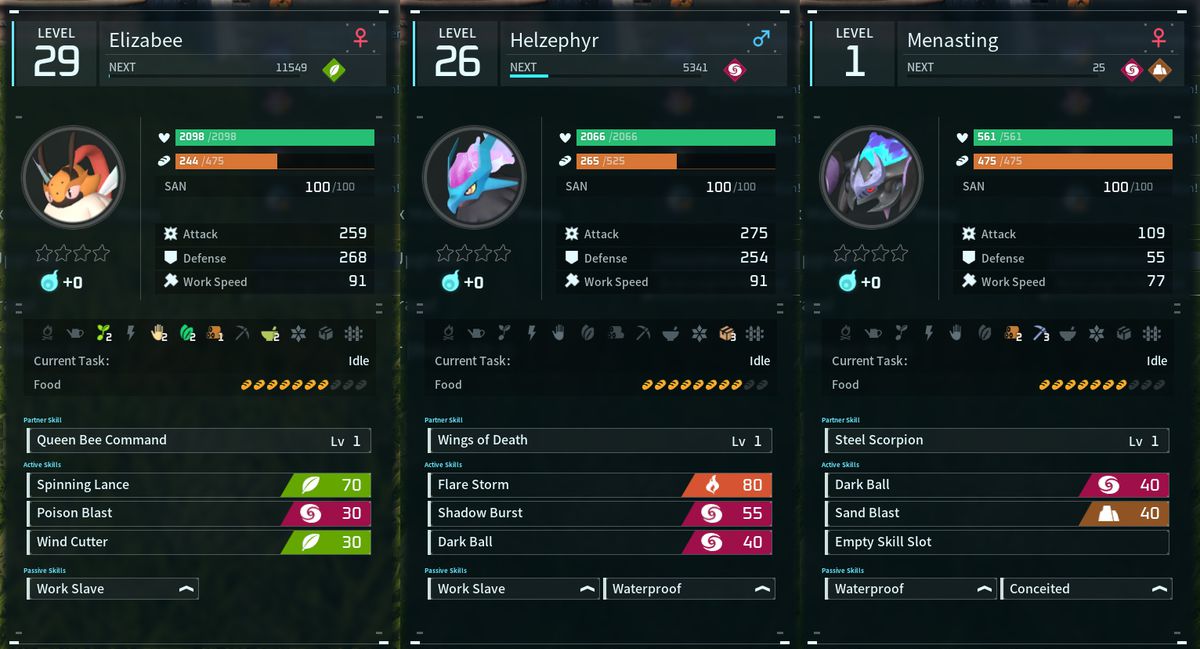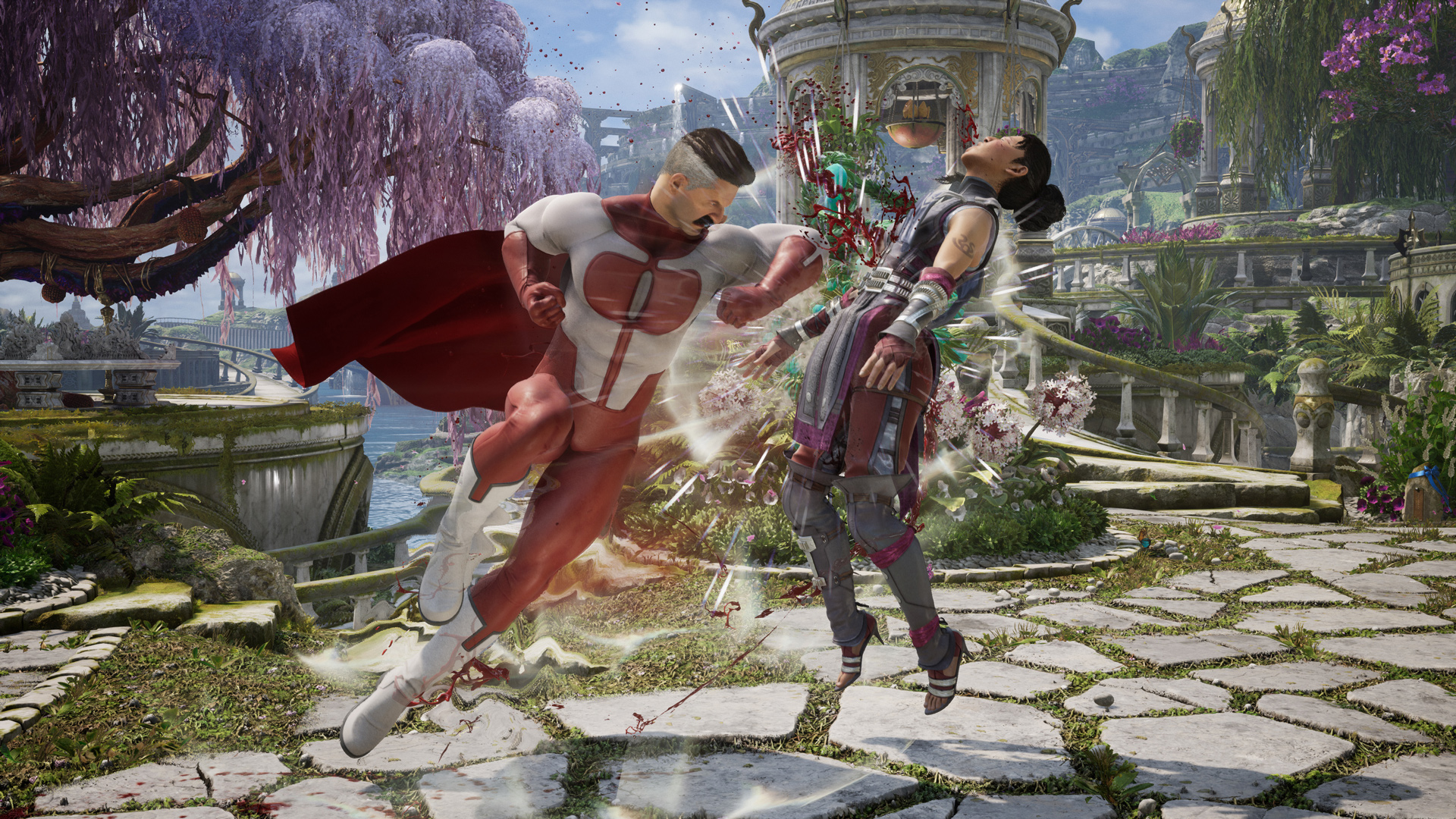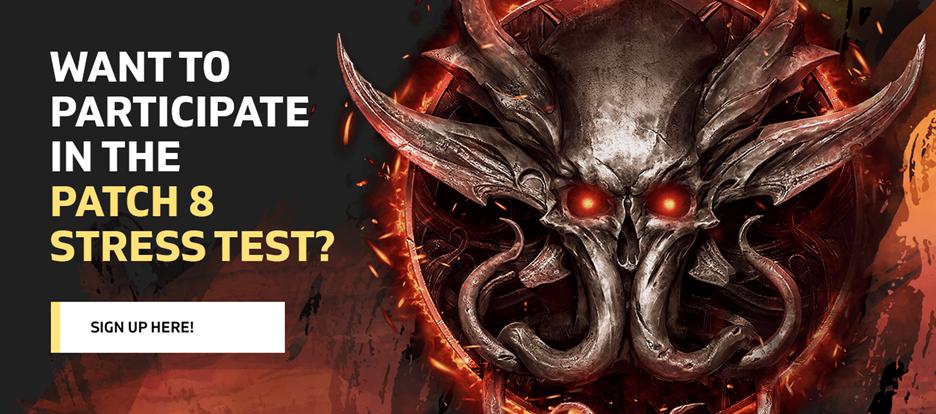We all remember that one escort mission that made us want to pull our hair out. Maybe the target was too slow, kept failing to defend themselves, or got stuck on the geometry and started running into walls (here’s looking at you, Max Payne 2). There are exceptions to the rule — holding Yorda’s hand through Ico and getting everyone to a safe room in Left 4 Dead 2, for example — but broadly, I’ve learned to dread the appearance of an escort mission, lest it spoil the luster of an otherwise brilliant game.
Endless Dungeon is one big escort mission. An ambitious chimera of tower defense, roguelike, and twin-stick sensibilities, Endless Dungeon shipwrecks you on a lonely space station in the middle of a stellar graveyard. To reach the core and escape, you (and up to two other friends in co-op, or two AI companions when solo) have to pick a hero and shepherd your Crystal Bot between pockets of fleeting safety. All the while, waves of enemies spawn intermittently as you chart the floors, forcing you to build careful conglomerates of turrets to quell the mob. Maintaining the Crystal Bot’s health bar is paramount, as the crab-legged machine is the only means of opening up the exits that will take you deeper into the station’s treacherous numbles. If it goes boom, you’re going back to the saloon, which acts as a Hades-like hub between runs where you can have a natter and buy upgrades with your takings.
The Crystal Bot has all the hallmarks of an annoying escort — it’s painfully slow and extremely vulnerable (less so with mid-game upgrades) — but Endless Dungeon makes the process of defending it cerebral. A rewarding feedback loop is achieved by obscuring the mucky optics of an escort mission in an onion’s worth of layered systems. For starters, we have to talk about doors. Predominantly, action-focused games like to put you on the front foot, so you don’t think much about the strategic implications of opening a door. It’s just a bunch of polygons between you and the next group of enemies. But in Endless Dungeon, opening doors becomes a chin-stroking consideration — and, eventually, an art form.
:no_upscale()/cdn.vox-cdn.com/uploads/chorus_asset/file/25066140/ENDLESS_Dungeon_Wave_Killing_Bugs.png)
Your runs through the station are dominated by the availability of three resources: food, industry, and science. At contextual terminals, good allows you to upgrade your hero’s skills, science allows you to research more turrets, and industry is debited when you build a turret. You earn these resources by opening doors as you seek out the exit, which, by proxy, determines the difficulty of the path your Crystal Bot will need to take. And that’s without considering any diversions, such as tempting upgrade crystals or anti-turret “dark rooms.” When I first started playing, I was bullish, my roguelike muscle memory telling me to open every door as it gave me more scratch to play with. But when I began defending my bot at the floor’s exit, I was besieged from every angle, and my run was quickly undone.
A door can lead you to a chest, a vendor, or an important upgrade terminal — but it can also lead you to a monster spawner, and you can’t undo that. Pick the wrong doors to open, and you’ll end up with a cul-de-sac with a spawn room at the end, a useless track for hordes to charge through. Or worse still, a back door that flanks your dandori tower defense kill box and makes your co-op partners groan. But pick the right set of doors, and you’ll feel like a genius, your enemies funneled into a never-ending turret trap of critical-hit chaos. This creates a thrilling, face-scrunching atmosphere reminiscent of Resident Evil when you turn the proverbial handle in Endless Dungeon.
Generator slots dotted around the floors act as a devilish counterbalance to this system. Build one, and it’ll buff the chosen resource intake when opening doors. But in turn, you’ve created a dangerous geographical commitment — enemies will target generators in addition to the Crystal Bot, so you’ll have to defend them if you want to be flush with currency. Endless Dungeon’s psychological game design tango is mind-boggling but well executed, demanding plenty of multiplayer communication.
:no_upscale()/cdn.vox-cdn.com/uploads/chorus_asset/file/25066144/ENDLESS_Dungeon_Heroes_Selection_Blaze_Cartie_Fassie.png)
The enemies you face have their own considerations, too, thanks to elemental strengths and weaknesses. Some are invisible and require focused turrets and weapons to expose, while others slow you down or force you to break rank and get behind their protective skull to deal damage. You can easily get into a position where you haven’t researched enough turrets to deal with multiple enemy types and are only saved by your guile, which leads to some compelling player-led stories of survival.
Amplitude Studios’ eye for detail extends onto Endless Dungeon’s “hero shooter” protagonists. Each boasts a passive, active, and ultimate ability, a pair of point-and-shoot guns, and a crowd-clearing shove. Fassie is a mustachioed mixologist with a unique “spiciness” stat that determines the benefit of the buffs they throw at allies. Bunker, my personal favorite, is a shield-toting Scottish robot that can block doorways with an invulnerability-inducing ultimate. Naturally, the interplay fares much better in co-op than in solo runs, where managing your mates bounces between affable autopilot and a frustrating chore.
The heroes are all punters at the aforementioned saloon, and you gradually convince them to join your escapades by exploring the districts that precede the station’s core. Endless Dungeon pulls similar tricks to Risk of Rain 2 with its metagame, asking you to complete narrative-adjacent missions mid-run to open up upgrade slots and enliven hero backstories, even if they aren’t all that interesting.
:no_upscale()/cdn.vox-cdn.com/uploads/chorus_asset/file/25066147/ENDLESS_Dungeon_Research_Terminal_For_New_Turrets.png)
The character designs are consistently suave, though, with intricate animations serving a cyberpunk Hellboy art style that looks better in motion than it does in animatics and menus. I particularly enjoyed the halftone effect my fiery pistols would pump out as I repelled waves of sticky spiders in the station’s same-y corridors. Thankfully, Endless Dungeon’s procedural districts offer some welcome perspective vistas to break up the monotonous carbon, with exposed metal flooring giving way to lush biomes and waterfalls just out of reach.
There are many clever ideas, down to the kinetic way you smack turrets to heal and upgrade them, echoing Team Fortress 2’s Engineer or Overwatch 2’s Torbjörn. I like how Endless Dungeon remixes the roguelike boss battle, too, with “Bug Momma” only appearing in tandem with randomly occurring enemy waves, forcing you into an aggressive ebb and flow to topple it. The problem is that once you’ve figured out how to beat a boss, there’s not much fun to be had in repeating it, and this is something of an existential problem for Endless Dungeon: It just doesn’t feel all that endless at present.
:no_upscale()/cdn.vox-cdn.com/uploads/chorus_asset/file/25066155/ENDLESS_Dungeon_Turrets_Choice.png)
Runs are generous, and criteria slack, which impacts the all-important pacing of roguelike progression. You can bank all the districts and heroes quickly, kitting out your favorite character and grabbing the permanent, somewhat trivializing saloon upgrades with similar speed. There’s no big skill tree to dig into later down the line, and the weapon and chip slot upgrades aren’t meaningful enough to make varied builds.
So, as good as the moment-to-moment dungeoneering is, the several floors you fight through become familiar once you run out of interesting side quests to focus on. If you’re not in it for the lore-based collectibles or handful of cosmetics, it’s difficult to convince yourself to keep going. You can make your runs harder with difficulty-enhancing beverages that produce palpable debuffs, but this doesn’t address the issue entirely.
For all it does to rehabilitate the image of escort missions, this is what holds Endless Dungeon back from being a truly great roguelike. In tactfully mashing together so many genres, it seems to have forgotten about the need to capture your attention long-term.
Endless Dungeon was released Oct. 19 on PlayStation 4, PlayStation 5, Windows PC, Xbox One, and Xbox Series X. The game was reviewed on PS5 using a pre-release download code provided by Sega. Vox Media has affiliate partnerships. These do not influence editorial content, though Vox Media may earn commissions for products purchased via affiliate links. You can find additional information about Polygon’s ethics policy here.






